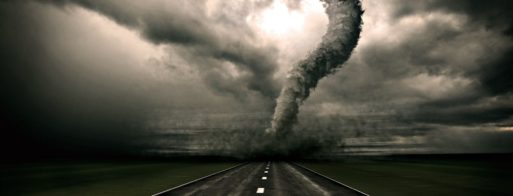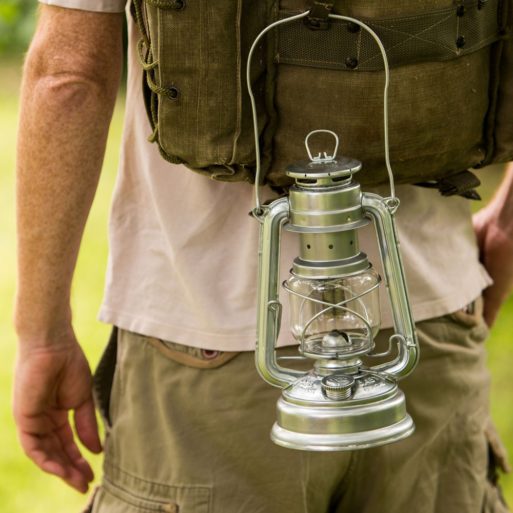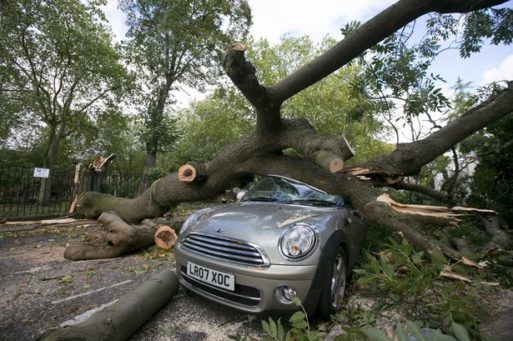
Credit: stormchasing.ca
“Remnant” by Jean L. Kreiling challenges our desire to go back to the way things were. We all wish for that at some point or another, being tugged out of our comfort zone by life’s insistent and dynamic flux. And we might believe, with varying degrees of certainty, that that return is possible.
Of course it isn’t. Of course, a step forward means that step has been taken, no matter how far we look behind us or try to walk back over the imprints of our own feet. “Remnant” employs the image of a hurricane, and begins in the aftermath of disaster,
Well past the hurricane’s last gasp, a week
beyond the need for candles, several days
past panicking about our swollen creek,
and after sweating through the cleanup phase

Credit: cloudfront.net
Humans tend toward order — we are story-making, moral-seeking, pattern-creating minds making sense of the great mystery by creating frames of understanding that are repeatable and predictable. This is the prerequisite to feeling safe. And yet so much is left up to chance. So when hurricanes come we clean up and re-establish a sense of the familiar. We are generally very good at this.
we put away the rakes and power saws
and hailed the resurrection of our phones;
at peace again with nature’s random laws,
we’d lost the terror blown into our bones.
But the erasure of disaster comes at a cost, known only by its absence, and felt only by those who can be still enough to notice the dimensions of an empty space. There are arrows, reminders of what has been lost.

Credit: mirror.co.uk
one branch still sprawled in our neighbor’s yard:
a gawky, wind-lopped limb some eight feet long,
leaves brown and shriveling—a calling card
left by the storm, a scrap of something strong.
To remove evidence of transformation — what has been left by the storm — is to deny the strength that carried us through it, and through the cleaning-up and sense-making and lesson-learning, too. The “terror blown into our bones” is a call to be in the presence of our own fortitude. Thus the remnants remind us of our ability to endure. They “…questioned, in [their] battered dignity/our definition of recovery.”
To recover isn’t to go backward. It is not to forget. Rather, it is to consolidate the parts of ourselves shaken by the winds of change. To consolidate those parts with the internal strength with which we weathered the storm, and to go forward in the awareness that we are more capable, dynamic, and strong than we believed ourselves to be in the time before.

 “Remnant” by Jean L. Kreiling
“Remnant” by Jean L. Kreiling


 Forest Bathing Eases Grief by Soaking in Nature
Forest Bathing Eases Grief by Soaking in Nature
 The Spiritual Symbolism of Cardinals
The Spiritual Symbolism of Cardinals
 Meaning-Focused Grief Therapy: Imaginal Dialogues with the Deceased
Meaning-Focused Grief Therapy: Imaginal Dialogues with the Deceased














